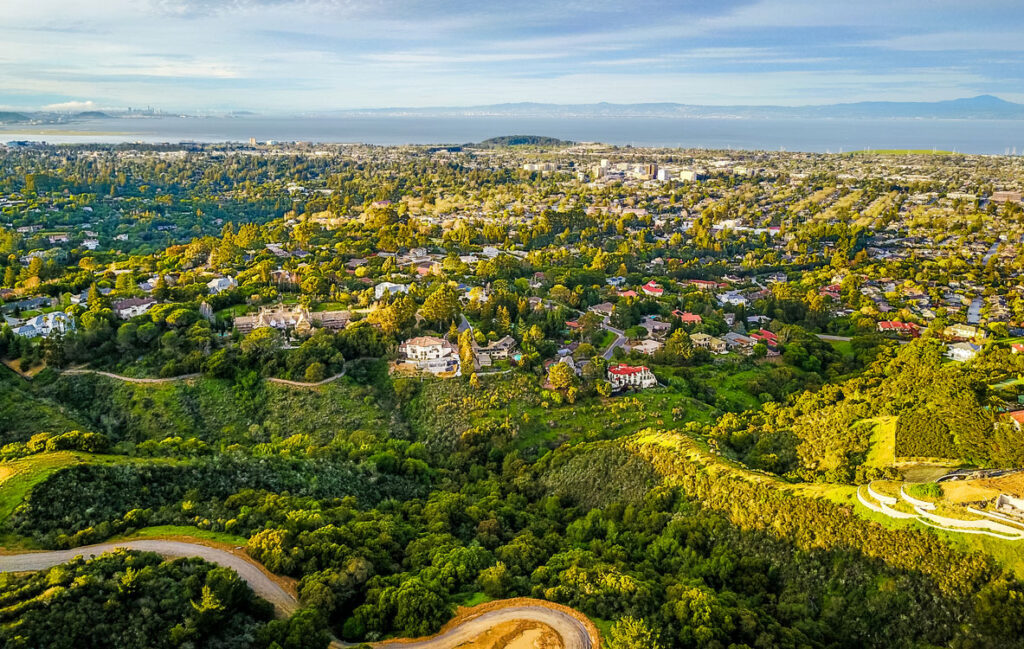Close
Close
Case Study
Forests in California are increasingly vulnerable to damaging, high severity wildfires. Not only have climate change, fire exclusion, and past forest management practices created very favorable conditions for mega fires, but increasing human settlement of the wildland-urban interface and intermix (WUI) has dramatically increased the potential lives and values at risk.


The project compared two methods for calculating carbon emissions associated with fuel treatments: the Reduced Emissions from Megafires Protocol that SIG developed and another developed by California’s Greenhouse Gas Reduction Fund. SIG’s protocol was found to be more robust and better able to capture the benefits of fuel treatments.
Regardless of analytical method, results showed that the expected loss of value due to a simulated wildfire decreased as the proportion of the landscape subjected to fuels treatment increased and as the proportion of parcels in compliance with defensible space regulations increased.
They also showed that structure loss or survival is attributed to structure hardness, with newer structures compliant with more recent California building codes less susceptible to damage or destruction.
However, parcel-level landscape characteristics were less predictive, with defensible space clearance showing only minimal significance.

